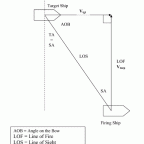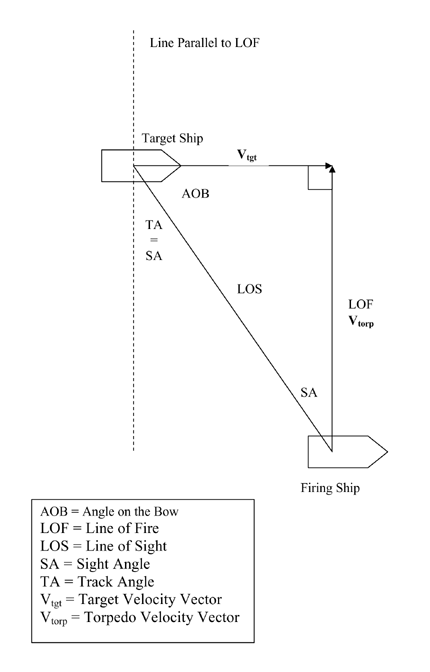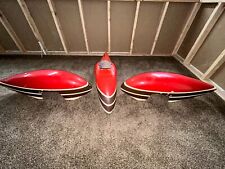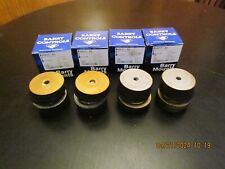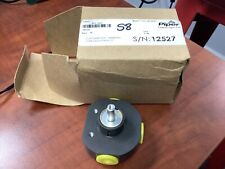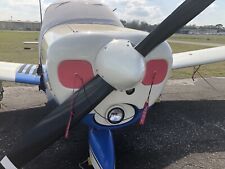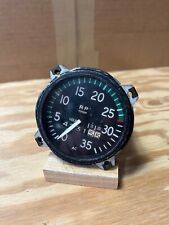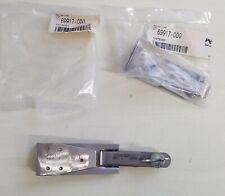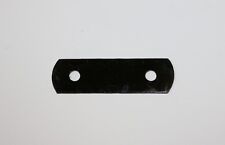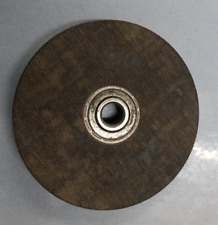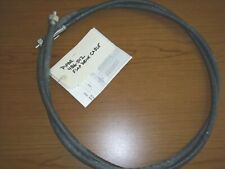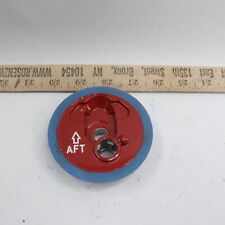Table 1 – Optimum Sight Angle (SA) and Angle On The Bow
(AOB) for a 90° Crossing Shot, Various Values of K.
|
K |
SA |
AOB (= 90° – SA) |
|
0 |
0° |
90° |
|
.25 |
14° |
76° |
|
.50 |
27° |
63° |
|
.75 |
37° |
53° |
|
1.00 |
45° |
45° |
|
1.25 |
51° |
39° |
Getting to the optimum firing position is a relative motion change of station problem. Essentially you need to “aim” your ship ahead of the target ship the same as you aim the torpedo. The entire subject of relative motion is really beyond the scope of this article and the reader is referred to several standard texts on the subject. Among the two best references are:
- NIMA PUB 217 Maneuvering Board Manual
- Dutton’s Navigation and Piloting
To illustrate how long it takes to get to an optimum firing position, I worked out the relative motion problem for several cases of a hypothetical scenario. The maneuvering board solution for one of the cases is illustrated in Figure 4. In all cases I assume the target is on a course of 000° T at a speed of 25 knots, and that it does not maneuver. All starting positions for our ship are at a range of 10,000 yards, and our ship has a speed of 35 knots. In addition, I am assuming the optimum firing position is 30° ahead of the target’s beam and the desired range at launch is 3,000 yards. This scenario assumes the torpedo speed is approximately twice the tarfet’s speed. Here are the times it will take to get to firing position, assuming no maneuvering by the target:
| AOB | Starting Position: |
Course to Firing Position |
Time to |
|
180° |
Dead astern of Target |
004° T |
34 min |
|
135° |
On Target’s Starboard Quarter |
352° T |
26 min |
|
090° |
On Target’s Starboard Beam |
326° T |
11 min |
|
045° |
On Target’s Starboard Bow |
245° T |
4 min |
|
000° |
Dead Ahead of Target |
152° T |
5 min |
It should be obvious that if you are chasing a capital ship you will be subjected to heavy gunnery for quite a long time. In daylight, if there are no friendly heavies to distract an enemy’s heavy guns, this can be suicidal. A destroyer’s best chances of delivering a successful torpedo attack, and living to tell about it, are at night or in low visibility. Attacking in large numbers also helps. The best position to be in is ahead of your target on roughly a reciprocal course, offset somewhat from his track. Go in at flank speed, get to a range between approximately 750 – 3,000 yards, and when you are about 20 – 40° ahead of his beam launch your torpedo attack. At this point, if DC modeled smoke screens, I would be turning hard away and laying a smoke screen.
It should also be obvious that a submarine has a far greater chance of delivering a torpedo attack. At night it is nearly impossible to visually spot a submarine on the surface, allowing it the opportunity to get in close. By day the ability to submerge provides the same stealth advantage, albeit at a severe speed disadvantage. “Hide With Pride” is the submariner’s motto, and it is fully justified. I don’t yet have Silent Hunter II, but I am confident those who have played that simulation will find the above comments to be accurate.
Finally, while the above describes the optimum firing position, the tactical situation may require that you fire before reaching the “ideal” firing position. The target length presented to a torpedo attack is proportional to sin (SA + AOB). If (SA + AOB) = 70°, then sin (70° ) = .940, which means you have 94% of the probability of hitting as firing from the ideal position. Keep this in mind – it’s better to launch from a position that’s “good enough” and to get away, than to get ripped apart by large caliber gunfire before you can reach that “ideal” firing position.

